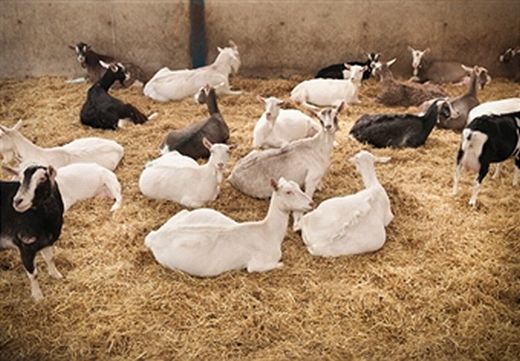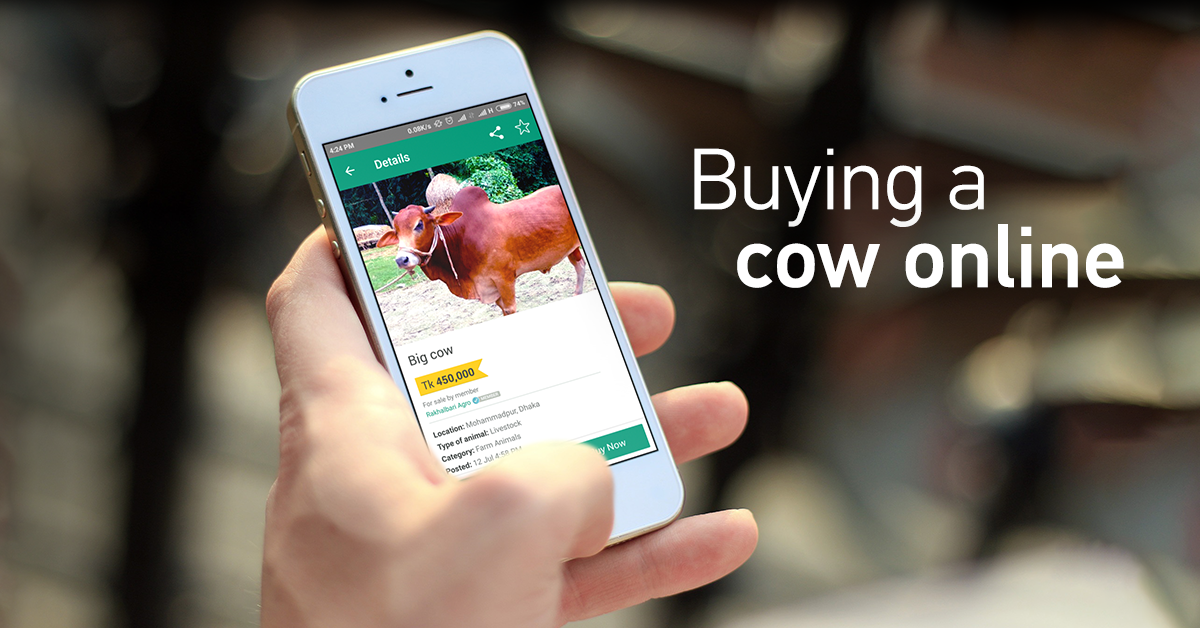Beginner’s Guide to Keeping Goats: Advice and Tips

Many homesteaders and small family farms keep a herd of goats on hand for milk, cheese and meat. They are great ways to make money since the milk, meat and cheese can be sold for a profit. It’s tough to know where to start when you’ve decided that you’d like to raise an animal for food, but you don’t need a large livestock farm to start your goat herd.
Breeds
First, you should assess your needs. Do you want to keep the goat as a lovable pet that provides milk for drinking and cheese production, or do you want to buy them for meat? There are different breeds for each category. Dairy goats include Saanen, La Mancha and Nubian breeds. The best goat meat comes from Spanish or Kiko breeds.
Purchasing
After you’ve decided on the type of breed you’d like to purchase, you’ll need to think about whether you’ll want kids, which are the children of a goat or an adult goat. If you’re going to breed them to create more, then you’ll need a female goat, which is a doe. The buck is the male goat. Buying kids is cheaper but they come with their own unique challenges. Kids are skittish and take a while to adapt to a new environment. This can make them slightly aggressive at first. You’ll need to spend time hand feeding them and helping them adapt. To get some help check this out Buying and Selling Pet Animals in Bangladesh.
Housing
They need shelter from the cold and the hot sun. While they are sturdy outdoor animals, they do need a small shelter from the harsh elements. They need fencing as well. A goat will wander off if it isn’t kept fenced, and predators can slip into the herd and kill a lot of them. In the area where they are housed, there should be places for food and fresh water.
Space
Your new herd of livestock will need space to run and graze. They aren’t meant to be kept in a small confined area. If the area they sleep at night is confined to a small area, make sure that during the day they have room to run and play. They love to climb, jump and run. A happy goat is healthy and will produce more milk.
Feeding
Grazing can’t be their only source of food. Their nutritional needs aren’t met with grass alone. They need hay and supplemental pellets. In some areas, they won’t get certain minerals and a vet can give you supplements. You can give them table scraps but stick with vegetables since they are herbivores. This means they eat leafy greens and vegetables exclusively. Pay attention to pregnant goats’ nutritional needs. They might need more food or vitamins.
Health
They are a hardy animal that doesn’t need a lot of hands-on care, but they do need to be properly maintained. They should have regular visits to the vet for shots and deworming. They are prone to parasites, and you’ll have to make sure they are treated properly if parasites occur. If you don’t wish to visit the vet, you can learn to give the animals shots instead. However, if one of them is sick, a vet should see it diagnose any problems.
Milking
Before buying one for milk, you’ll need supplies and an understanding of the milking cycle. Once a doe has had a kid, you can milk that goat for 10 months before she should be rested. The rest period depends on the doe, but should last at least two months. You’ll have to keep track of your goat’s cycle and state of health before kidding the goat again. A goat that is in her milking cycle should be milked twice a day. Each doe can produce approximately a gallon of milk per day.
Kidding
If you’re going to breed your stock, you’ll need to be sure that the male is kept from the females during the resting period. The females need to recuperate between their milking and kidding cycles. It’s important for their reproductive health as well as their overall well-being. When you’re breeding, you’ll need to reflect on the size of your herd. You may want to sell some of the kids, sell the adults or keep them all for milk. Don’t let them overrun your yard. They need proper space and overcrowding can be a huge issue that contributes to parasites and disease.
Benefits of Goat Milk
People are beginning to prefer goat milk over cow milk because goat milk has less fat. Per ounce, goat milk has a third of the calories too. It’s also easier to digest and could be the solution for people who have a problem with cow milk. Milk can be turned into many other delicious foods like tasty cheeses and fudge. It’s a great replacement for cow milk in many recipes. When you’re selling your milk, you can find local families that would like to buy it. There are many ways to sell goat milk for profit.
Equipment
While searching for the perfect animals for sale, you should be researching the best kind of equipment for milking your goat. The equipment you’ll need will depend on the size of your herd and whether you’ll be hand milking them or not. A five-quart steel pail is essential. This is where you’ll gather the milk. Teat wipes, strainers and filters are important for straining the milk too. If you’re hand milking, this may be all the supplies you need. If you are using equipment to milk, you’ll need to purchase a machine that has hoses and suction to remove the milk.
The type of breed, size of the animal and whether you’ll also keep them as pets is up to the owner. Every individual is different. You might even decide that keeping goats for milk and meat will be your primary occupation instead of an interesting way to make some extra money. Milk and food production are two of the ways goat owners make money. They can also make money as a goat breeder.





